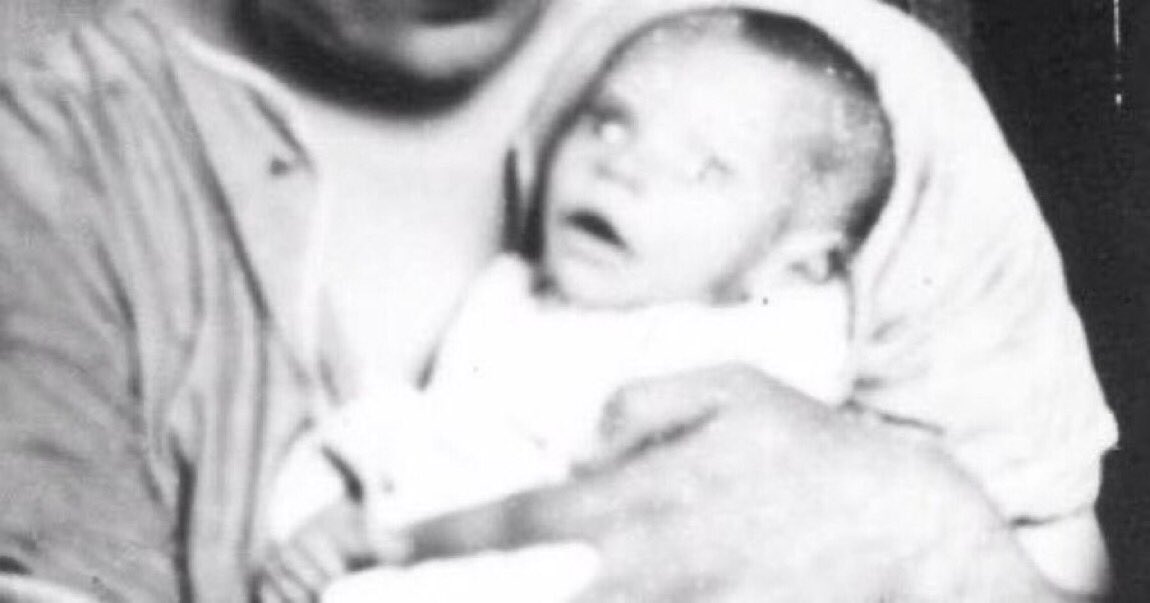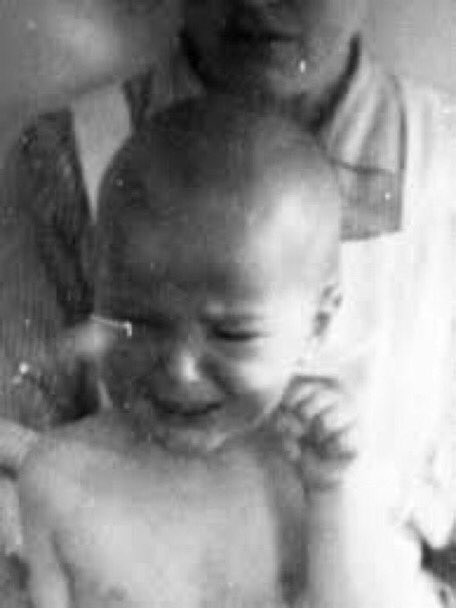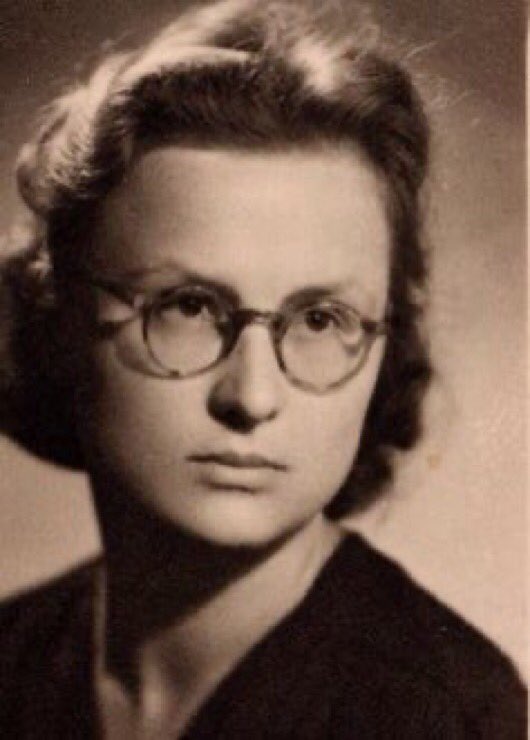Thread
The #Righteous during World War Two
Lorenzo Perrone
The mason who saved Primo Levi
1/n
Born in 1904 in Fossano, in the province of Cuneo, Lorenzo Perrone saved the life of the famous writer Primo Levi when the two men found themselves in Auschwitz.
The #Righteous during World War Two
Lorenzo Perrone
The mason who saved Primo Levi
1/n
Born in 1904 in Fossano, in the province of Cuneo, Lorenzo Perrone saved the life of the famous writer Primo Levi when the two men found themselves in Auschwitz.
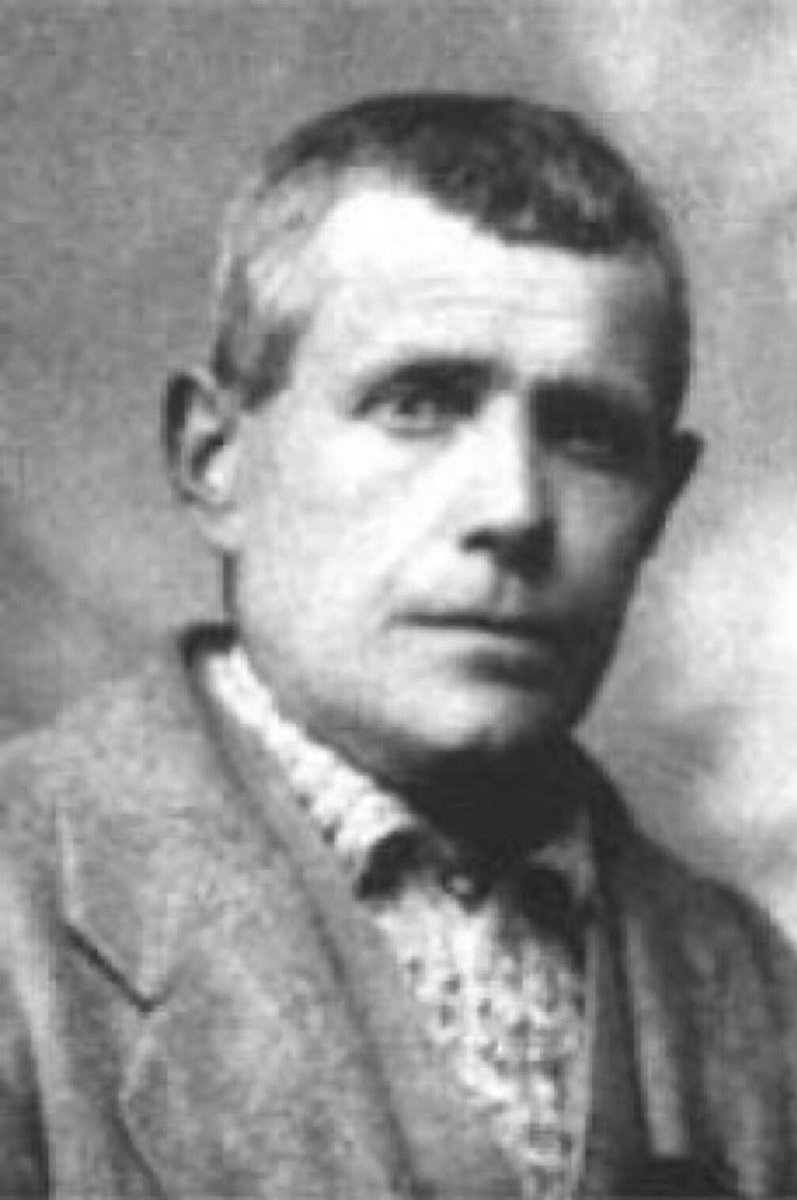
2/n Levi, who lived in Turin, worked as a chemist specializing in paints and varnishes. In 1943, in the early days of the occupation of Italy by the Germans, he joined a group of partisans in his native Piedmont. Arrested during a raid by the Fascist Republican militia
3/n on December 13, 1943, he was imprisoned in Aosta until January 20, 1944. He was then transferred to the Fossoli camp and deported on February 22, 1944. After his arrival in Auschwitz, he was sent to the Buna-Monowitz camp and assigned to forced labor in the I.G. farben.
4/n As a chemist, he was given a position in the synthetic rubber factory. Assigned to a group in charge of building a wall, Levi met the one who would become his savior, a mason named Perrone. Originally from the Piedmont region, the latter belonged to a group of skilled masons 

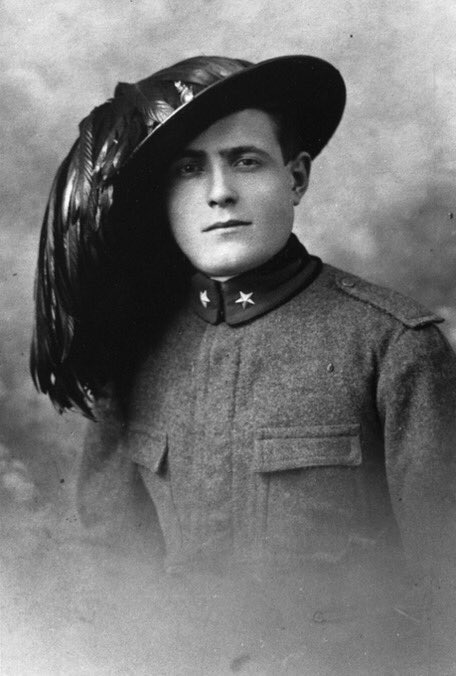

5/n employed by the Italian company Boetti as civil workers. The meeting between the two Italians took place in the summer of 1944, when Levi heard Perrone speaking to another worker in the same dialect as his. From that day until the end of December 1944, Perrone brought food to 

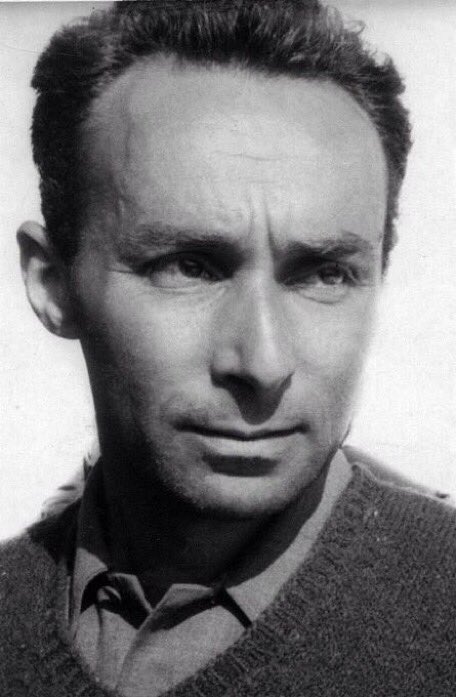
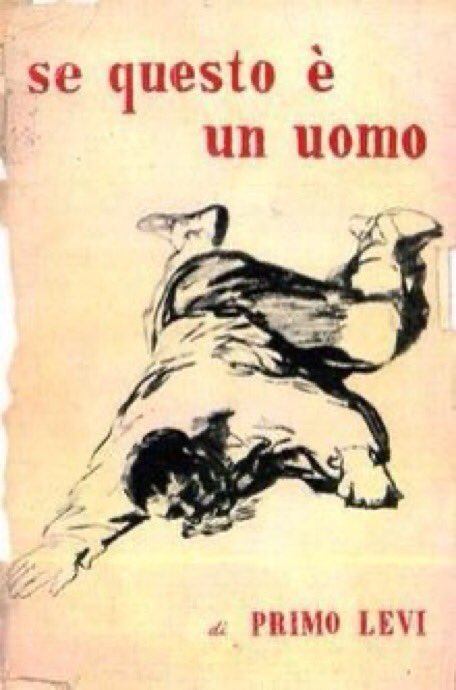
6/n Levi every day for six months. As the front drew closer, the foreign workers were then sent home. This extra food, taken from Perrone's food ration, would save Levi's life, which would also benefit his friends. Perrone also gave Levi a patched sweater that, worn under his 

7/n inmate uniform, would keep him warm. He also agreed to send postcards to a non-Jewish friend of Levi's through whom Levi's mother, Esther, and sister Anna Maria learned that he was alive. The two women, who lived in hiding in Italy, managed, through a chain of friends of
8/n which Perrone was the last link, to send him a food parcel including chocolate, biscuits, powdered milk as well as than clothes. Perrone, who was an exceptional man, thus risked his life to save that of Levi, without expecting anything in return, only accepting that Levi had 
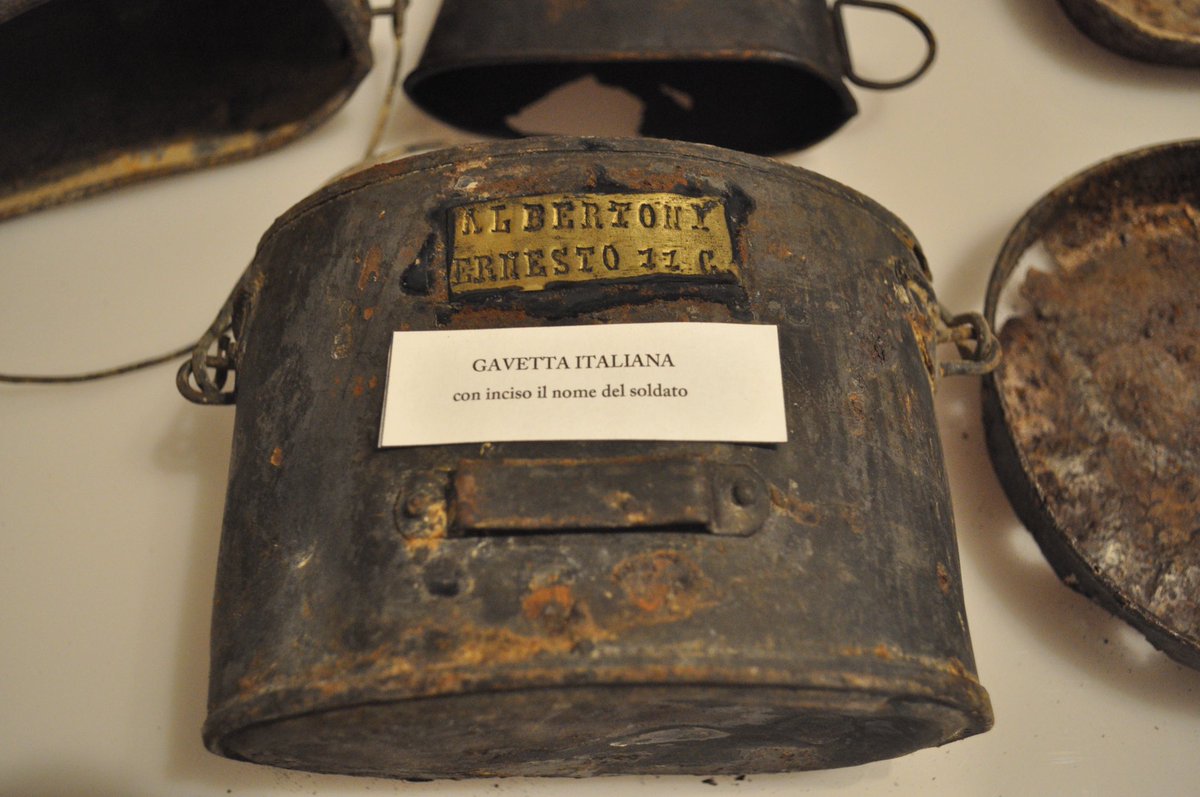
9/n his torn shoes repaired in the workshop of the camp. The last meeting at Auschwitz between the two men took place at night after an Allied bombardment. The blast punctured one of Perrone's eardrums; the blast sent sand and dirt into the bowl of soup he was bringing to Levi.
10/n Perrone gave it to him, apologizing the soup was soiled but not telling Levi what had happened to him, as he didn't want his friend to feel indebted to him. Perrone reminded Levi that there still existed, outside of Auschwitz, a just world and pure and upright human beings.
11/n Levi thought he owed Perrone for surviving Auschwitz. In an interview published in The Paris Review in 1995, eight years after his suicide, Primo Levi described Lorenzo Perrone as “a sensitive man, almost illiterate but a kind of saint really… We hardly ever spoke. He was a
12/n silent man. He refused my thanks. He barely answered me. He only shrugged his shoulders: Take the bread, take the sugar. Keep silent, you don't need to talk. Tuberculosis and alcohol killed Perrone in 1952. As a tribute to his saviour, Levi named his daughter, born in 1948,
13/n Lisa Lorenza and his son, born in 1957, that of Renzo. Levi died in 1987. In his writings, he evoked the mason from Fossano to whom he owed his survival. Lorenzo Perrone appears in the autobiographical stories of Primo Levi: If this is a man, Lilith, and in the short stories
14/n “The Events of Summer" and "The Return of Lorenzo". "I believe that it was really due to Lorenzo that I am alive today; and not so much for his material aid, as for his having constantly reminded me by his presence… that there still existed a just world outside our own,
15/15 something and someone still pure and whole… for which it was worth surviving."
Finis
Finis
• • •
Missing some Tweet in this thread? You can try to
force a refresh


